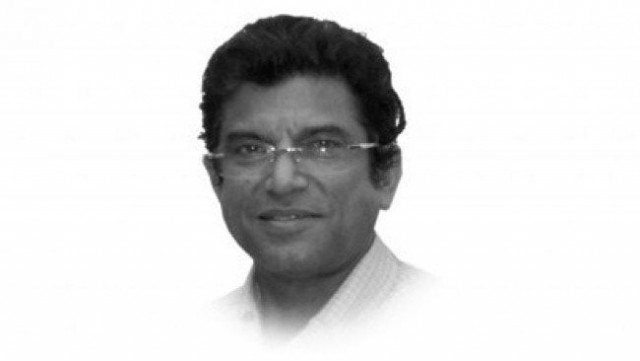Asking us to do more, but look at the past — I

Asking us to do more, but look at the past — I
The Khilafat Movement (1919-1924) supported the Ottoman Empire. During this movement some Muslim scholars signed a fatwa that said when a land is not safe for Islam (Darul Harb), believers have two choices. If they are in a position of strength, they should wage an armed jihad. In case they cannot fight the infidels, they should migrate to Dar al-Islam.
On April 13, 1939, Maulana Maududi explained the concept of jihad, in his address at Town Hall, Lahore: “In Islam the aim is to liquidate the suzerainty of an un-Islamic system of life and replace it with the rule of Islam. No State can fully implement her ideology without expanding it to her neighbouring states. The Islamic State is a theocracy and is all-embracing. Nobody living in that State can enjoy any private space; the State’s gaze is all pervasive. Only dishonest or unintelligent people would question such a theocratic state. Non-Muslims must live as zimmis [or ‘dhimmis’], a category of second-class citizen whose restrictions are carefully demarcated in Islamic law. The division of Islamic jihad into ‘offensive’ and ‘defensive’ is not permissible, it is both offensive and defensive at the same time. It is offensive because the Muslim Party attacks the rule of an opposing ideology, and it is defensive because the Muslim Party is constrained to capture state power in order to protect the principles of Islam in space-time forces.”
Sayyid Qutb (1906-1966) was an Egyptian writer and one of the foremost figures in the modern Sunni Islamic revivalism. Initially he was secular. He went to study in the US (1948-50) where he became disillusioned by what he saw. On his return to Egypt, he joined the Muslim Brotherhood and was eventually arrested. It was then that he studied Ibn Taymiyyah and Maulana Maududi. In 1964, he wrote a book on jihad titled Signposts in the Road. He was soon re- arrested, tried for treason and executed. He was inspired by the Salafi school of thought. According to him, the world was in a state of jahiliyyah (similar to what existed in Arabia before the advent of Islam). He argued that the jahiliyyah should be fought with a revolutionary vanguard and this should be done through preaching and abolishing the organisations and authorities of the ‘jahili’ system by “physical power and jihad.”
Published in The Express Tribune, August 9th, 2010.
















COMMENTS
Comments are moderated and generally will be posted if they are on-topic and not abusive.
For more information, please see our Comments FAQ